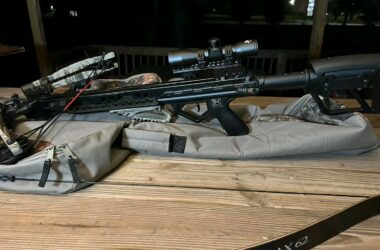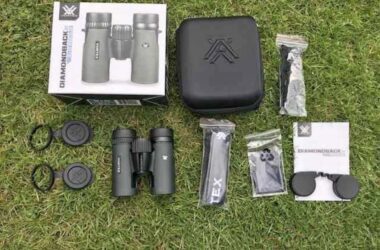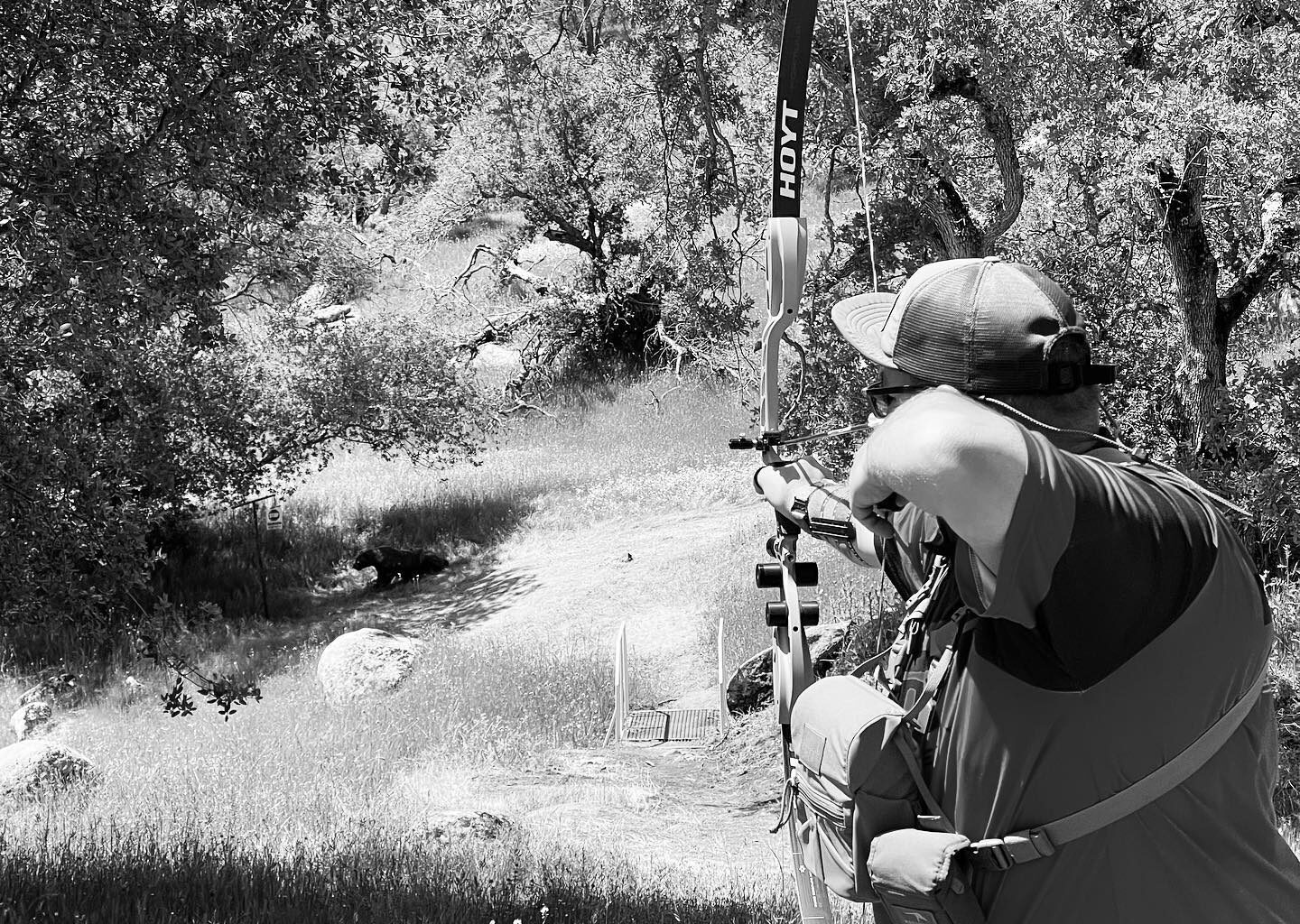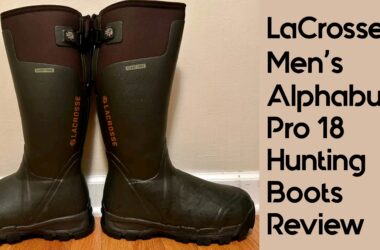Let’s look at “How to String A Recurve Bow?”
As a seasoned hunter with the better part of my life spent roaming woodlands and practicing my shot, I’ve learned the profound respect that comes from knowing your equipment inside and out. The recurve bow, a time-honored tool of the hunter, isn’t just a piece of sports equipment—it’s a link to the ancestry of hunting, and stringing one is an art all its own.
Today I’ll guide you through the ins and outs of how to string a recurve bow. Whether you’re a novice to the archery community or you’ve just picked up your first bow, this guide aims to reinforce not only your skills but your understanding of the hunter’s legacy.
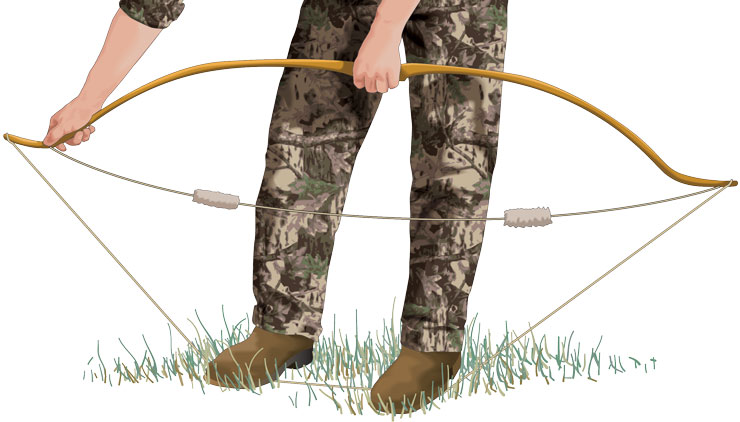
Understanding the Bow
Before diving headfirst into the stringing process, it’s crucial to know your bow. The recurve’s elegant curves and strength store more energy than its straight-limbed cousins, which usually translates to a faster arrow. In my early days, I remember being told that a well-crafted recurve bow sings, and resonating with that song requires familiarity—a blend of respect for the form and an understanding of your gear.
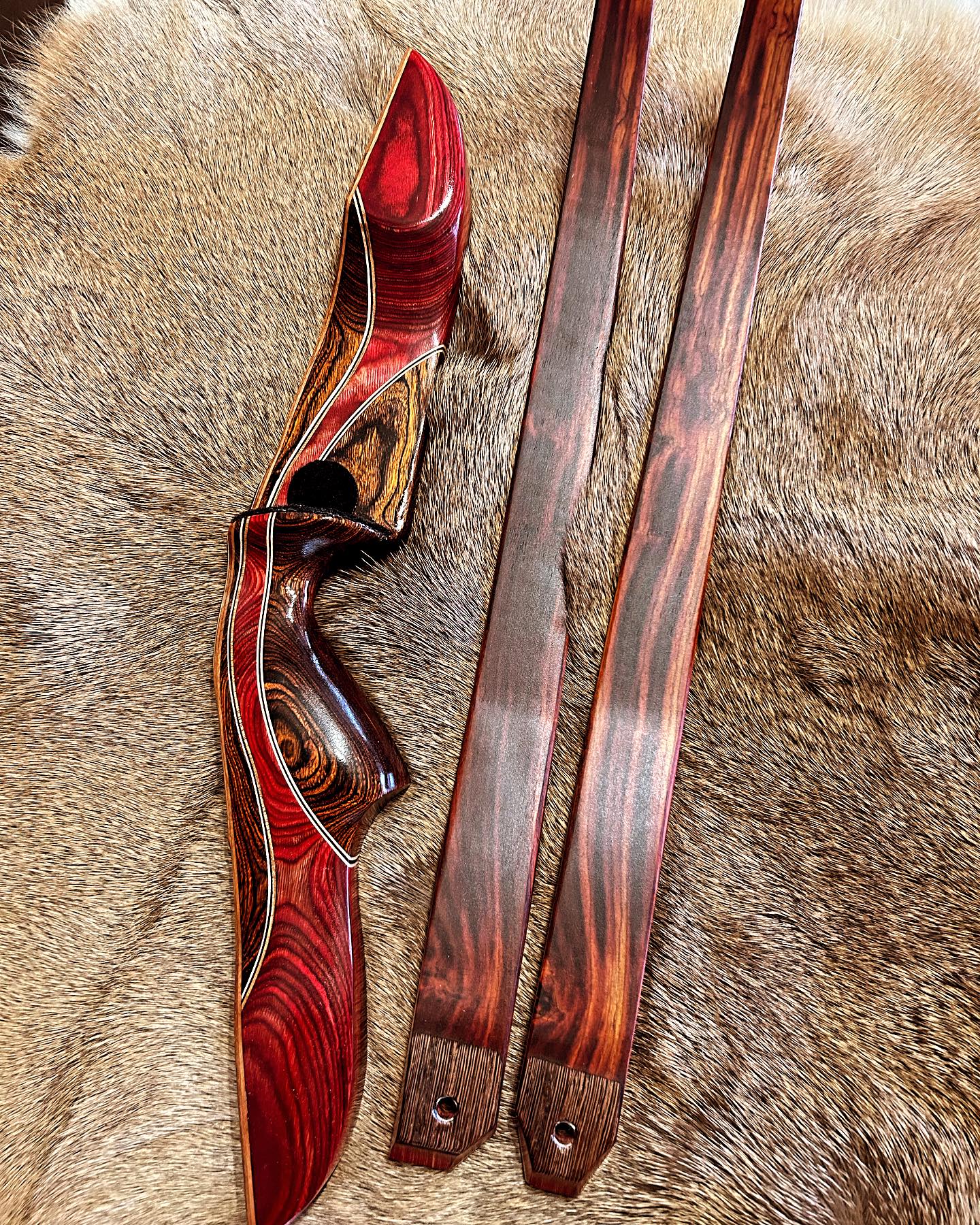

Now, let’s talk about the how.
Step by Step: How to String a Recurve Bow
1. Inspect Your Equipment: Always start by inspecting your bow and string for any signs of wear or damage. Never string a damaged bow; it’s unsafe and inefficient.
2. Gather Your Tools: The most essential tool for this job is a bow stringer. It’s a simple piece of equipment but fundamental in preventing damage to the bow or injury to yourself. Bow stringers help maintain even pressure on the limbs as the bow is bent to slip the string into place.
3. Slip the String On: Your string has two different loops; the larger loop goes over the bow’s top limb. Slide the smaller loop over the bottom limb’s nock, and position it securely.
4. Position the Bow Stringer: Place the bow stringer’s saddle (larger pocket) over the bow’s top limb and the cup (smaller pocket) on the lower limb tip. Make sure the stringer is not twisted.
5. Step on the Stringer: With the bow facing down and the stringer in place, step on the stringer’s cord with both feet about shoulder-width apart, keeping firm pressure.
6. Pull the Bow Upward: Grasp the handle with one hand and pull the bow upward, which flexes the limbs. Keep a firm grip and steady pressure as you do this.
7. **Slide the String Into Place**: As the limbs bend, slide the string smoothly into the nocks on the limb tips. Make sure the string’s loops are seated correctly in the grooves.
8. Check the Alignment: Gently lower the bow to release tension off the stringer. Remove the stringer and check that the string is seated correctly. Proper alignment is crucial for accuracy and safety.
9. Safety Check: Always perform a quick safety check by drawing the bow partially with an arrow nocked (pointed in a safe direction) to ensure everything is stable.
The Importance of Using the Best Bow Release
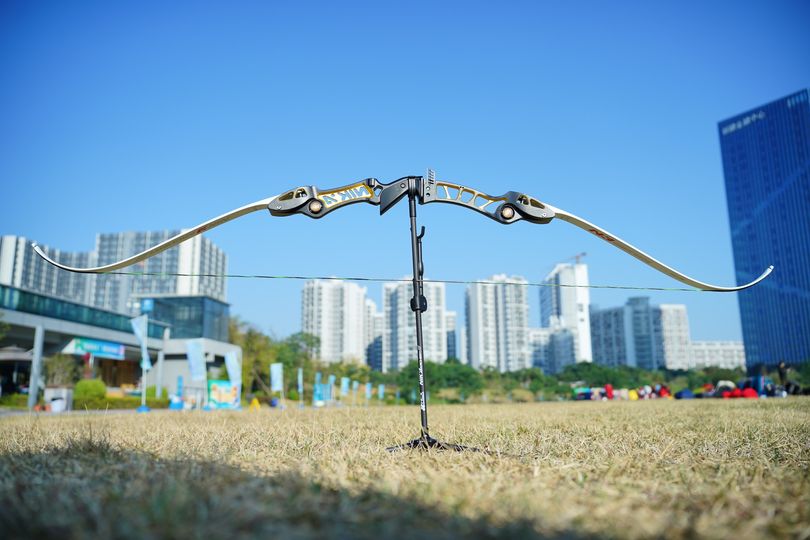
Shooting a recurve bow isn’t just about strength and precision; it’s about the synergy between you and the bow. That’s where the bow release comes into play. The best bow release for a recurve bow ultimately comes down to personal preference and comfort, but using one can greatly enhance your shooting form and consistency.
Incorporating a quality bow release into your practice can mean the difference between a good shot and a perfect one. I’ve found that some releases help in maintaining a clean release of the bowstring every time, improving your chances of a consistent flight path and, consequently, a more accurate shot.
Maintenance: Keeping the Song Alive
Regular maintenance of your recurve bow is non-negotiable if you want to keep it performing at its best. After stringing, take a moment to wax the string, inspect the limbs for fine cracks, and ensure the nuts and bolts are snug but not overtightened—like the strings on a masterfully played violin, they need just the right tension.
FAQs
How often should I restring my recurve bow?
It depends on how frequently you shoot. As a rule of thumb, every 2-3 years for casual archers. Competitors might restring every season.
Can I string a recurve bow without a bow stringer?
It’s possible, but I would never recommend it. It’s risky for both you and the bow. Always use a bow stringer.
What is the best bow release to use?
This highly depends on personal preference, but I prefer a thumb trigger release for my recurve bow. It allows for a more natural grip and a smooth release.
By keeping your recurve bow strung correctly and maintained, you ensure the legacy of this traditional hunting tool carries on—in the field and within you, the skilled archer. Let’s honor the past and forge the future by ensuring every stringing is done with care and every bow is treated with the respect it deserves. Here’s to keeping the hunter’s legacy alive with every draw of the bowstring!
